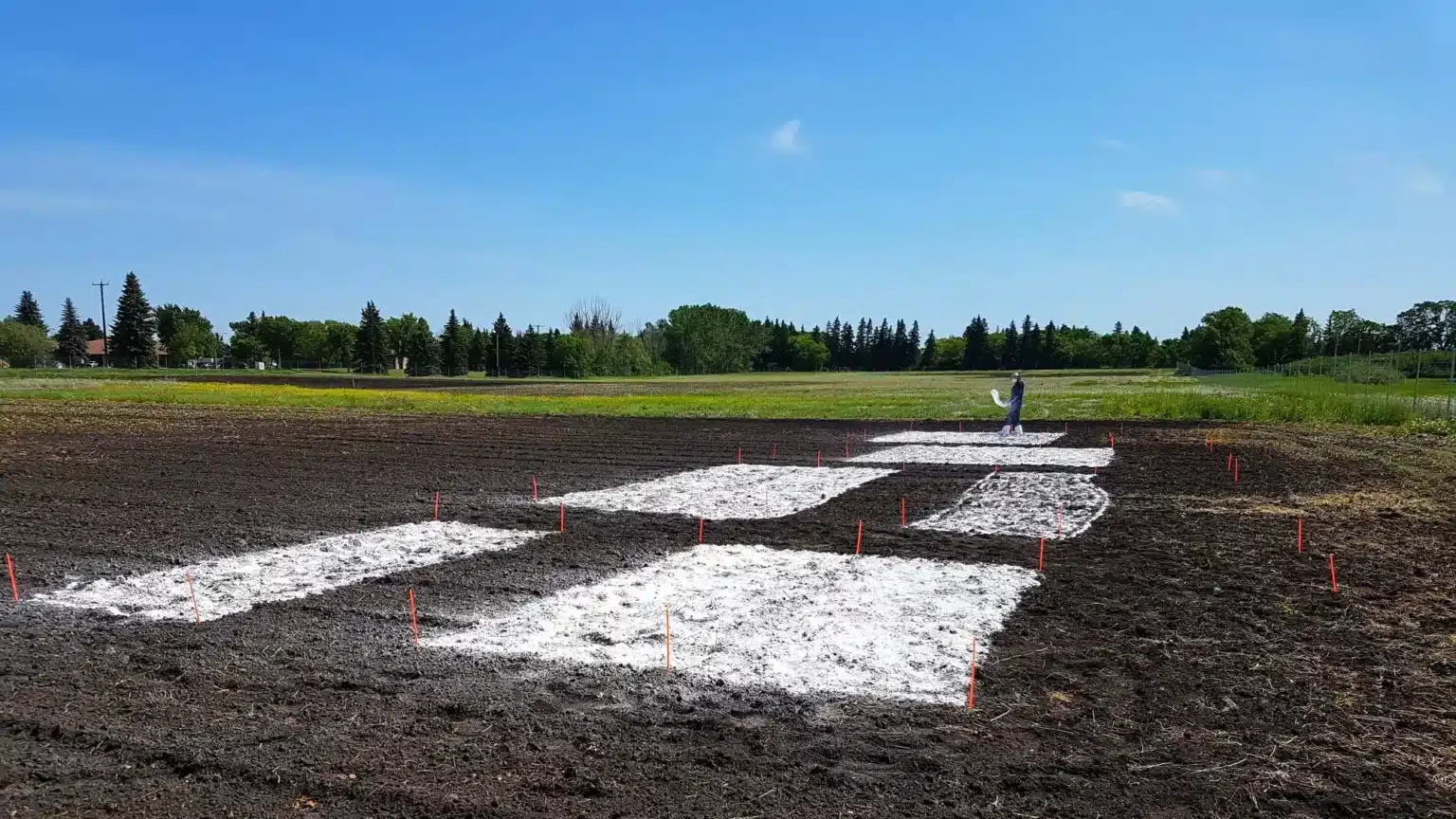A new research project at the University of Alberta has shown that spot treating with lime could be a possible way to control clubroot in canola fields, an Aug. 8 news release said. In growth experiments clubroot occurrence and severity was reduced by 35 to 91 per cent.
These findings could give farmers an important option for managing clubroot in their fields, alongside current use of canola plants bred to resist the disease, the release said. Lime has traditionally been used to manage clubroot in related plants such as cabbages for market gardens, but not on a large scale in canola crops.
As a non-genetic management practice, liming treatments could help combat all strains of clubroot in canola, said Nicole Fox, who conducted the study to earn a master of science in plant biosystems. Spot treatments could help control contaminated areas of a field or stem the spread of clubroot into a new field.
The release noted lime works by neutralizing the highly acidic soil preferred by clubroot, reducing the likelihood of spore germination and plant infection.
Lime’s effectiveness does hinge on certain factors, like the interval between application and seeding, so it needs fine-tuning before it could become a practical tool, says U of A plant pathologist and study co-author Stephen Strelkov, who supervised the research.
“While lime showed good potential for clubroot management, the results varied. Sometimes the treatments provided very good control; other times they didn’t. So we need further research to work out some details,” Strelkov said in the release.
The findings were published in the Canadian Journal of Plant Pathology.
Header photo — Treating soil with lime could help farmers curtail clubroot infections in their canola crops, new U of A research suggests. Photo: Supplied to University of Alberta
Read More:
CR4/CR5 Clubroot Resistant Packages, Corteva Agriscience
This is What 9 New Clubroot Strains Mean for Growers











